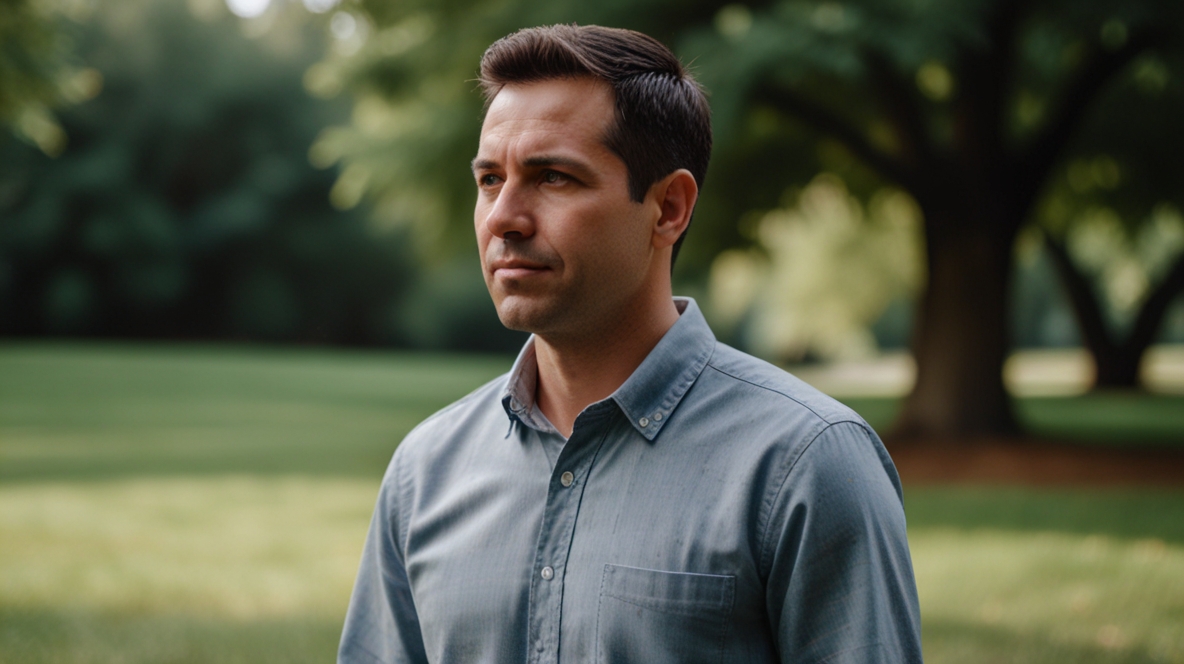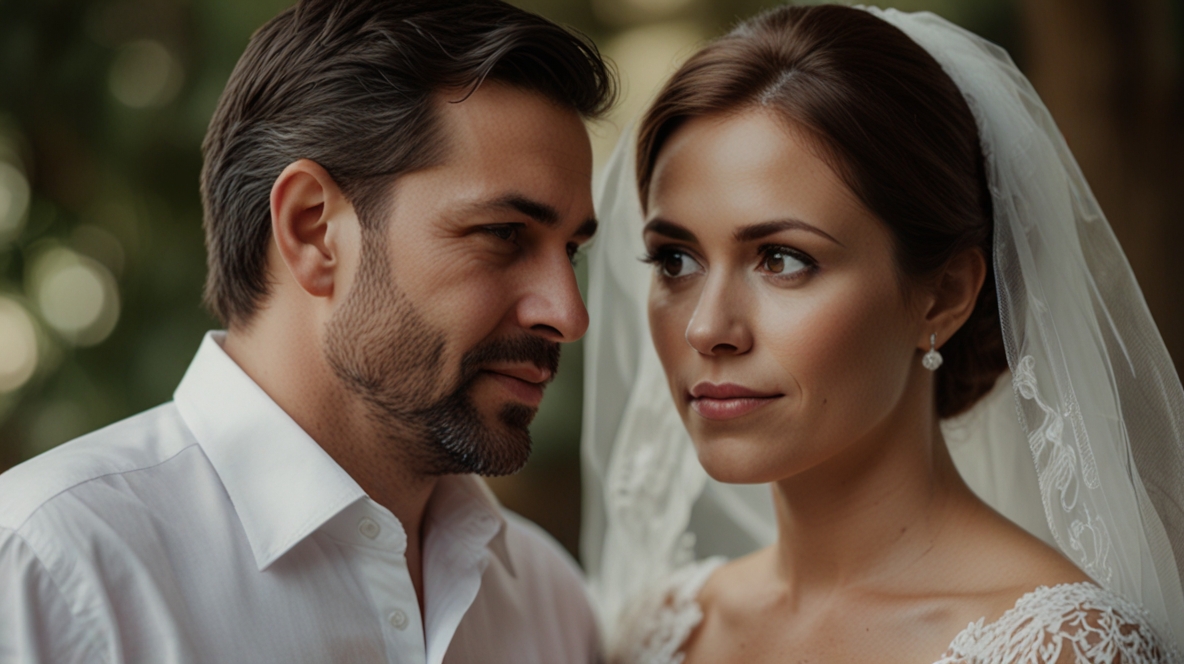
Navigating relationships can be complex, and when considering a partnership with a woman who has children from a previous marriage, additional factors come into play. Here’s a thoughtful exploration of the key considerations to help you make an informed decision.
1. Understanding the Dynamics
When entering into a relationship with a woman who has children from a previous marriage, it’s important to understand the dynamics at play. Children often have strong emotional ties to their parents and may need time to adjust to new family dynamics. Consider how you will fit into their lives and the role you might play in their upbringing.
2. Assessing Your Readiness
Assessing your own readiness is crucial. Reflect on whether you are prepared to embrace the responsibilities and challenges that come with being involved in a blended family. This includes understanding that children from a previous marriage may need time to accept you and adjusting to their existing routines and relationships.
3. Communication and Expectations
Open and honest communication is essential in any relationship, but it becomes even more critical in a situation involving children. Discuss your feelings, concerns, and expectations with your partner. Make sure you both have a clear understanding of each other’s roles and responsibilities, and agree on how you will address issues related to the children.
4. Building a Relationship with the Children
Building a positive relationship with your partner’s children is key. Approach this process with patience and respect. Take the time to get to know them and show genuine interest in their lives. Establishing trust and demonstrating that you care about their well-being will help in forming a strong bond.
5. Handling Ex-Partner Dynamics
Consider the dynamics with your partner’s ex-spouse. Depending on the nature of their relationship, there may be ongoing interactions related to co-parenting. It’s important to be prepared for potential challenges and to work collaboratively with your partner to manage these interactions in a way that supports the children’s best interests.
6. Evaluating Your Long-Term Goals
Reflect on your long-term goals and how they align with entering a relationship with someone who has children. Think about whether you are ready to commit to a blended family and how this aligns with your personal and family goals. Being clear about your intentions will help in making a decision that aligns with your values and future plans.
7. Seeking Support and Guidance
If you have concerns or uncertainties, seeking support from a counselor or therapist can be beneficial. Professional guidance can provide you with strategies to navigate the complexities of blended family dynamics and help you and your partner work through any challenges that may arise.
8. Embracing the Benefits
While there are challenges, there are also significant rewards to being in a relationship with someone who has children. Embracing the positive aspects, such as the opportunity to contribute to a child’s life and the potential for a fulfilling family experience, can help you view the situation in a more positive light.
9. Maintaining a Balanced Perspective
Maintaining a balanced perspective is important. Recognize that blending families takes time and effort. Be patient with yourself, your partner, and the children as you navigate this new chapter together. Building a harmonious and supportive environment requires understanding, flexibility, and commitment.
10. Conclusion
Deciding whether to enter into a relationship with a woman who has children from a previous marriage is a deeply personal choice. By carefully considering the dynamics, assessing your readiness, and maintaining open communication, you can make an informed decision. Embrace the potential challenges with a positive attitude and a willingness to work together to create a loving and supportive blended family.







